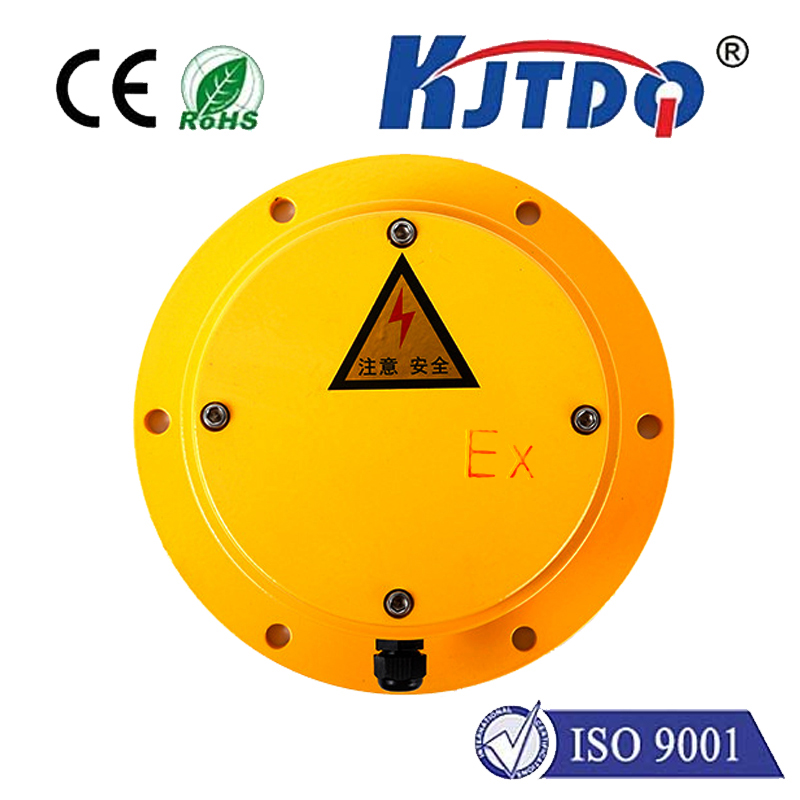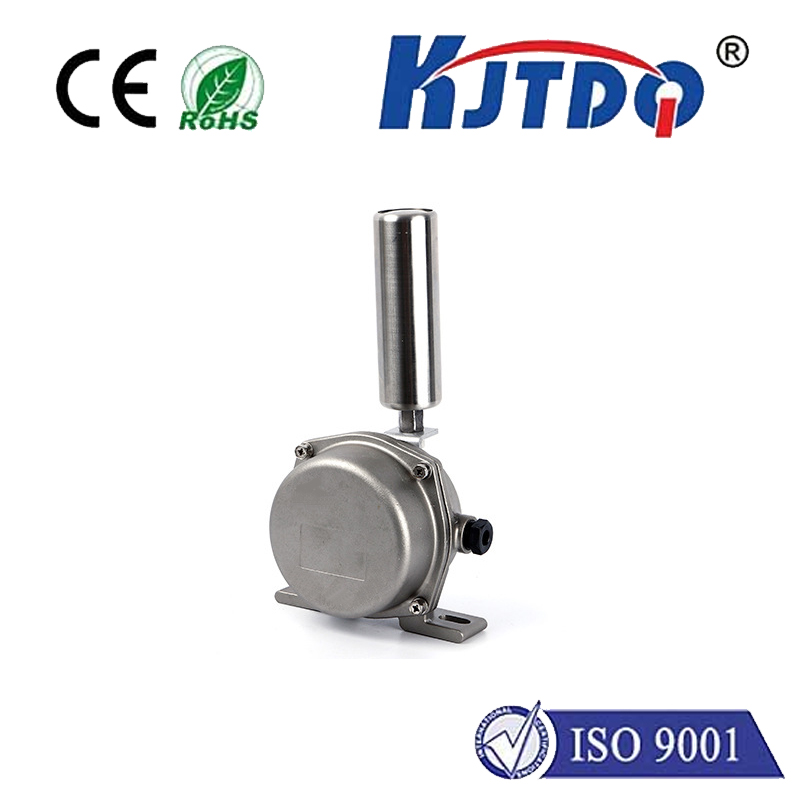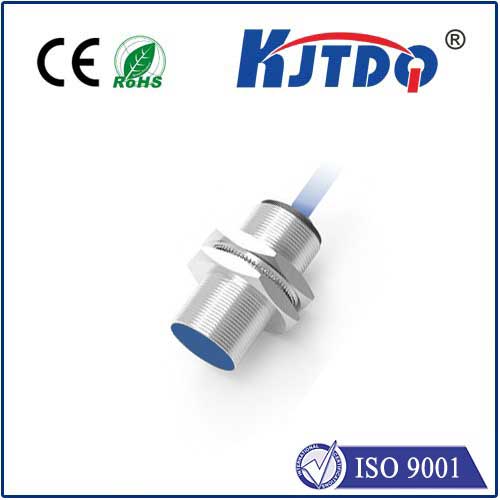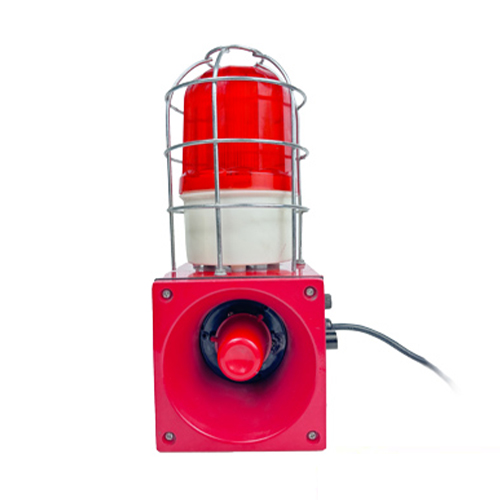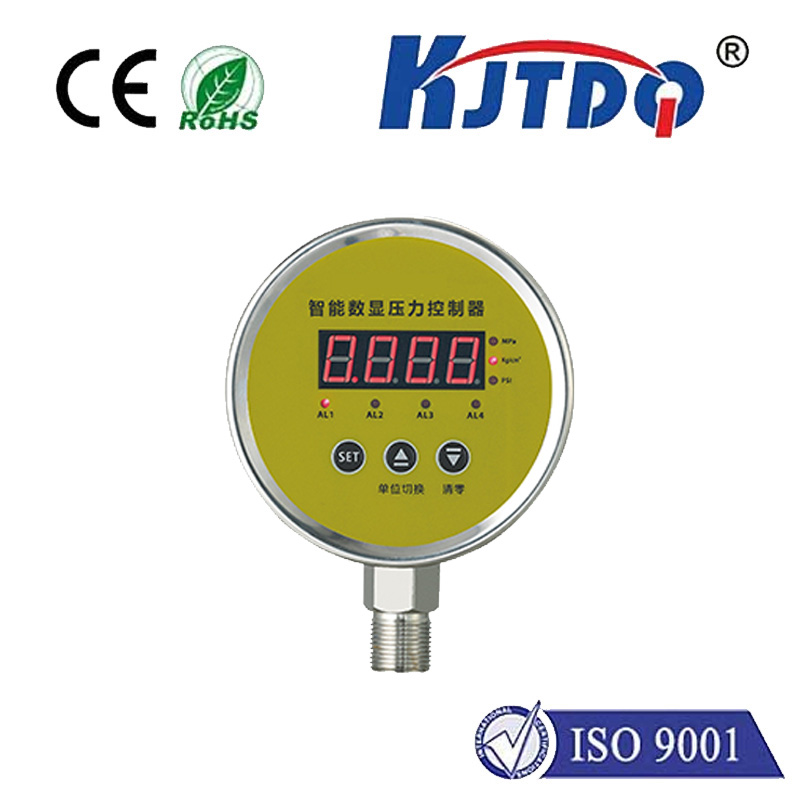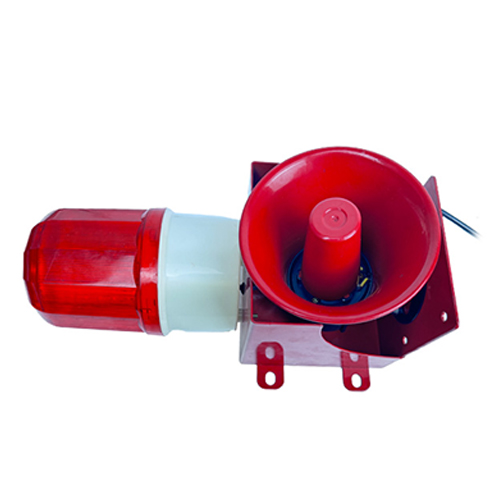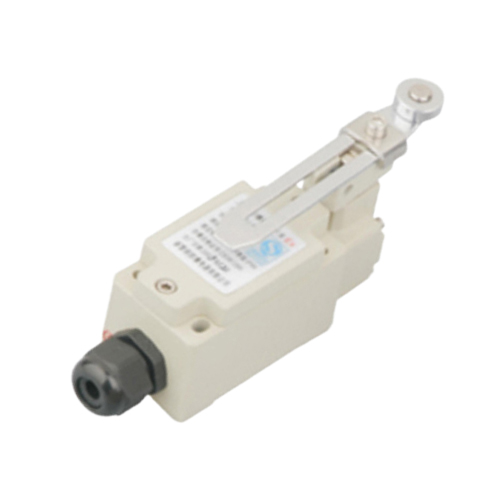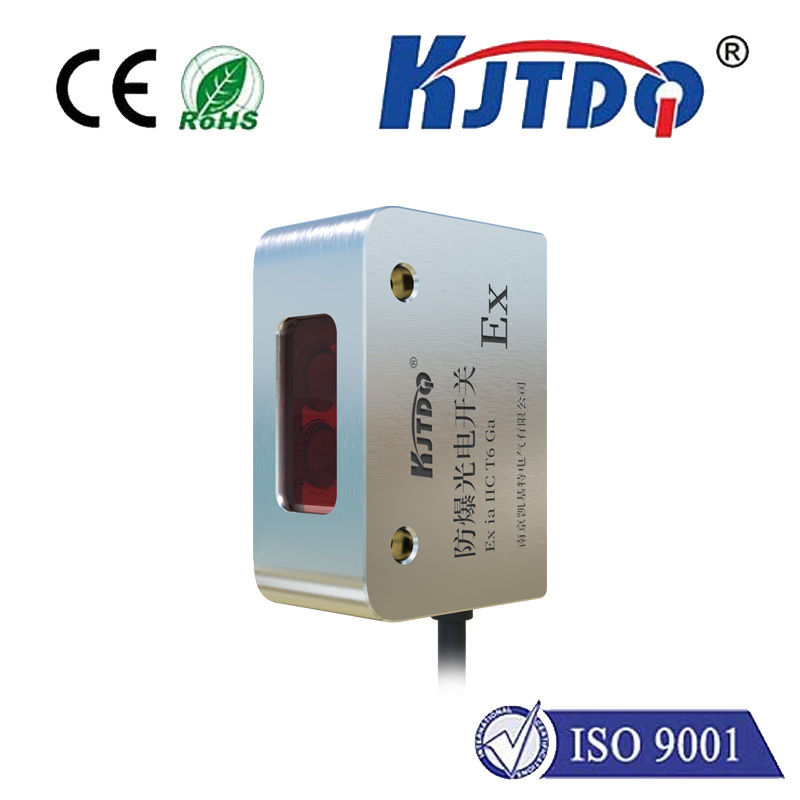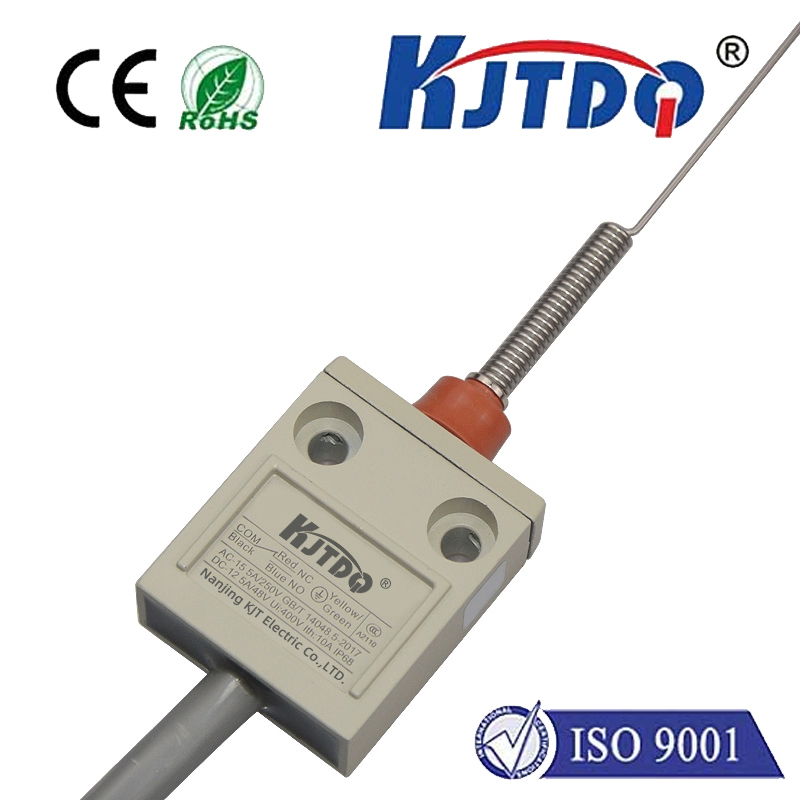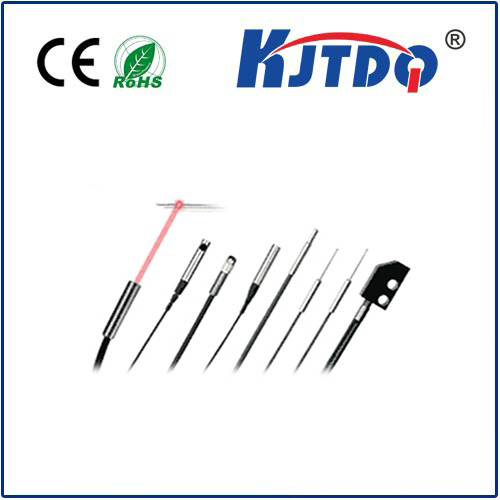sonar proximity sensor
- time:2025-07-19 08:45:43
- Click:0
Sonar Proximity Sensors: The Unseen Guardians Guiding Our World
The same principle that guides bats through pitch-black caves and helps dolphins navigate murky ocean depths powers a remarkably versatile technology silently integrated into our daily lives: sonar proximity sensors. These devices, masters of echo-location, provide reliable distance measurement and object detection solutions where vision falters. From ensuring your car parks safely to optimizing complex industrial processes, sonar sensors operate as unseen guardians, constantly interpreting the world through sound.
Echoes of Ingenuity: How Sonar Proximity Sensing Works
At its core, a sonar proximity sensor operates on a beautifully simple principle: send out a sound, listen for its return, and calculate distance based on the time taken. More precisely:
- Ultrasonic Pulse Generation: The sensor contains a transducer, typically piezoelectric, which converts electrical energy into high-frequency ultrasonic sound waves (usually above 20 kHz, inaudible to humans). This pulse travels through the air (or liquid) at the speed of sound (~343 m/s in air at room temperature).
- Wave Propagation & Reflection: The emitted sound wave travels outward. When it encounters an object within its detection range, a portion of the wave is reflected back towards the sensor.
- Echo Reception: The same transducer (or sometimes a separate receiver) switches modes to detect the returning echo.
- Time-of-Flight Calculation: The sensor’s embedded electronics precisely measure the elapsed time (
t) between sending the pulse and receiving the echo.
- Distance Determination: Using the known speed of sound (
v) in the medium, the distance (d) to the object is calculated using the fundamental equation: d = (v * t) / 2. The division by two accounts for the round-trip journey of the sound wave.
This Time-of-Flight (ToF) principle allows sonar proximity sensors to provide accurate, non-contact distance measurement without needing physical interaction.
Why Sound Waves Rule Certain Realms: Key Advantages
Sonar sensors carve out a crucial niche, offering distinct benefits that make them the preferred choice in numerous scenarios:
- Performance in Challenging Environments: Unlike optical sensors (IR, laser) that struggle with dust, smoke, fog, or mist, ultrasonic waves propagate effectively. This makes them exceptionally robust for industrial settings, outdoor applications, or any environment prone to airborne particulates.
- Surface Agnosticism: Sonar sensors are generally unaffected by the color, transparency, or optical reflectivity of a target object. They detect matte black surfaces, glass, clear liquids, and shiny metals equally well, as long as there’s enough texture or density to reflect sound. This is a significant advantage over vision-based systems or certain IR sensors.
- Cost-Effectiveness: Compared to high-precision laser or complex vision systems, ultrasonic sensors often provide a highly reliable distance measurement solution at a lower cost, making them accessible for a wide range of applications.
- Solid Object Detection: They excel at detecting the presence and distance of solid objects, particularly over ranges typically spanning a few centimeters up to several meters (depending on the sensor model and power).
Bringing Sound to Life: Diverse Applications of Sonar Proximity Sensors
The unique capabilities of sonar proximity sensors make them ubiquitous across numerous sectors:
- Automotive Safety: The pervasive “beep… beep… beep…” while parking? That’s sonar at work. Ultrasonic sensors are integral to parking assistance systems (PAS), providing accurate distance feedback to obstacles in tight spaces, significantly enhancing driver safety and convenience. They are also finding roles in blind-spot detection and automated parking systems.
- Industrial Automation & Robotics: In factories and warehouses, these sensors are indispensable. They enable:
- Precise object detection on conveyor belts for counting or sorting.
- Pallet height detection for automated forklifts and storage systems.
- Tank level monitoring for liquids, grains, or powders.
- Collision avoidance for Autonomous Mobile Robots (AMRs) navigating dynamic environments.
- Loop control for web handling (paper, plastic, metal).
- Consumer Electronics & Smart Home: From hands-free faucet activation and automatic soap dispensers in public restrooms to trash can lid openers and smart vacuum cleaners navigating around furniture, sonar proximity sensing adds convenience and hygiene.
- Medical Technology: While more specialized, ultrasonic principles are fundamental in medical imaging (sonograms) and certain therapeutic devices. Proximity sensing variants can be used in non-invasive monitoring equipment.
- Agriculture: Ensuring efficient use of resources is key. Sonar sensors contribute by monitoring grain bin levels and guiding agricultural machinery with high precision.
- Security Systems: Intrusion detection systems can utilize sonar proximity sensors to create an invisible barrier, triggering alarms when an object breaks the ultrasonic plane.
Understanding the Boundaries: Limitations to Consider
While incredibly versatile, sonar proximity sensors aren’t a universal solution. Understanding their constraints is vital:
- Speed of Sound Variance: The speed of sound isn’t constant. It fluctuates significantly with temperature and humidity changes. High-precision applications often require built-in temperature compensation to maintain accuracy. Pressure changes also affect performance, especially relevant underwater.
- Soft Surfaces/Sound Absorption: Materials that absorb sound, like thick fabric, foam, or wool, reflect minimal energy back, making detection difficult or reducing the effective range.
- Narrow Beam Angle & Specular Reflections: The sound waves typically travel in a relatively narrow cone. Objects outside this cone won’t be detected. Furthermore, smooth surfaces at acute angles can deflect the sound wave away from the sensor (“specular reflection”), causing missed detections. Careful sensor positioning is crucial.
- Limited Resolution & Multi-Echo Challenges: Achieving fine spatial resolution can be harder than with laser sensors. In environments with multiple close objects (e.g., dense foliage), the sensor might receive overlapping echoes, complicating interpretation. Advanced models use sophisticated signal processing to mitigate this.
- Audible Noise: Though operating ultrasonically, some vibrations or high-power bursts might generate faint audible noise, though generally not intrusive.
Beyond Proximity: The Enduring Resonance of Sound
Sonar proximity sensors are a testament to the power of interpreting our environment through sound. Their ability to perform reliable distance measurement and object detection in conditions that confound other sensing technologies solidifies their critical role. While laser distance sensors offer higher precision and infrared sensors can excel in specific short-range scenarios, sonar’s robustness in adverse environments and surface versatility remain unparalleled advantages. As technology evolves, improvements in signal processing, beam shaping, and integration capabilities continue to push the boundaries, ensuring that the unseen guardianship of sonar proximity sensing will resonate across industries and applications for years to come. From the family car navigating a tight parking spot to robotic arms working tirelessly on a dusty factory floor





